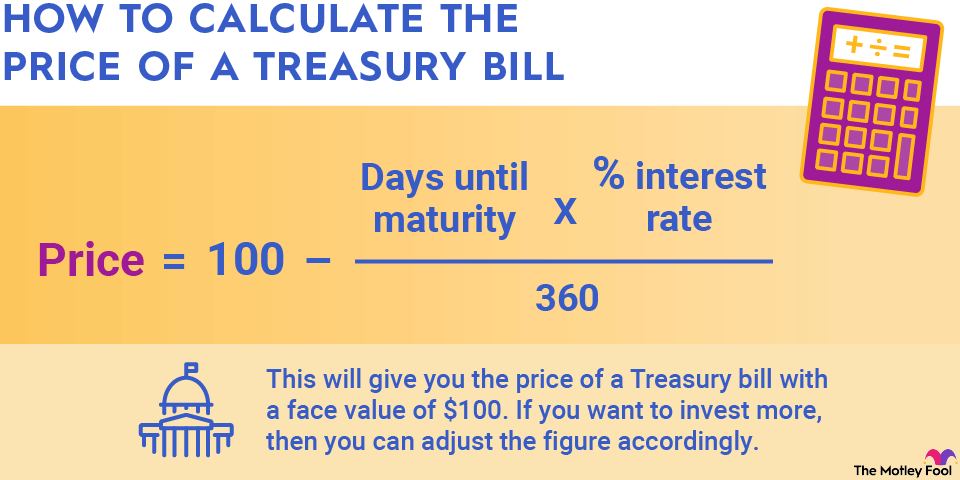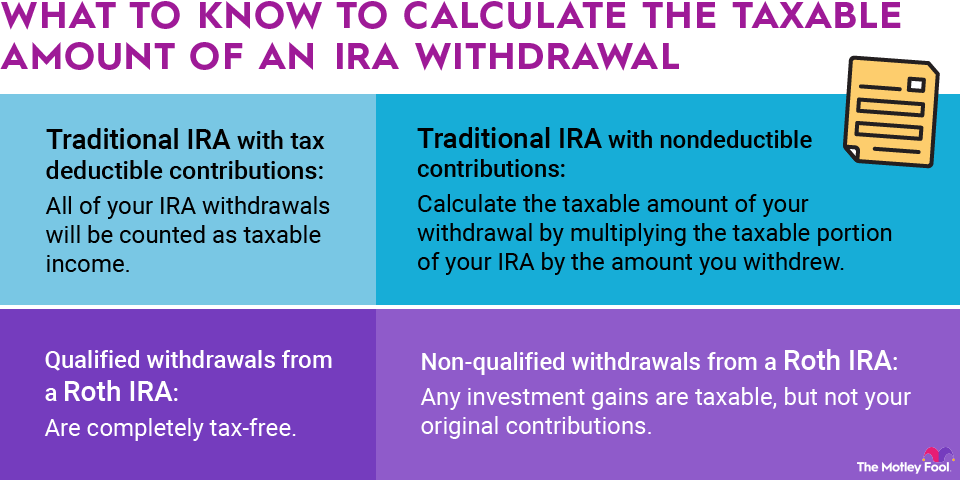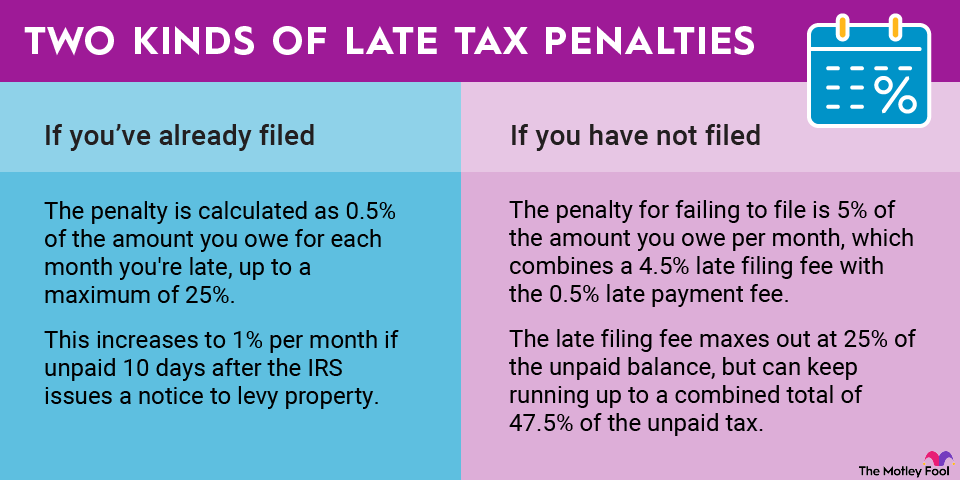A company's income statement shows how much money it brought in as revenue or sales, how much it spent on expenses, and how much profit or loss -- also called net income -- was generated for a given period of time. Typically, income statements are viewed monthly, quarterly, and/or annually.
While the accounting that determines if a given transaction should appear as an expense, income, or another entry can be complex, the math needed to read the income statement is simple addition and subtraction.

How to read an income statement
To calculate a missing account on an income statement, first we need to understand how to read one
Income statements are meant to be read from the top to the bottom. This organization is designed to match the math used to calculate net income, the "bottom line." First, the income statement will show all the revenue for the given time period, then subtract out all the expenses, and finally end with the company's profit or loss.
Revenue - expenses = net income
To make things even easier for you, most income statements include subtotals along the way so that you can clearly see how all the individual line items are accumulating as you move down the page.
When you're reading an income statement, you should start at the top of the page and first digest the company's revenues and sales. If they provide details on their various business lines or products, take note of which ones produce the greatest sales and how they combine to form the company's total sales.
After sales, some companies will have a section for the "cost of goods sold." This section represents the expenses directly related to the production of the product being sold. For example, a furniture maker would include the cost of the wood, nails, and labor directly related to the production of each piece of furniture that was sold in this period. At this point, the income statement will show you a subtotal called gross profits. Gross profits are total revenue subtract the cost of goods sold.
Next, move down to the operating expenses. This section will include accounts like marketing, salaries and wages, research and development, and facilities expenses among others not directly related to the actual production of the product.
Many times, these common expenses will be lumped into a single account called "Selling, General, and Administrative" expenses.
At the end of the operating expenses section, there will be another subtotal, this time for total expenses. Total expenses do not include the expenses already accounted for in cost of goods sold.
Below the operating expenses will be a few final items that accounting rules require to be put separately. These miscellaneous items are usually lumped together as either "Other income" or "Other expenses." Taxes are another major expense that will be found in this area at the bottom of the income statement but above net income.
The very "bottom line" of the income statement is net income. Net income is calculated by adding up all the company's sales and then subtracting all of its expenses.
Calculating Income | |
|---|---|
Sales | Add |
Cost of Goods Sold | Subtract |
Operating Expenses | Subtract |
Other Income | Add |
Other Expenses | Subtract |
Taxes | Subtract |
Calculating the missing account
With this understanding, calculating a missing amount on an income statement is pretty easy. It's all just addition and subtraction.
If the income statement includes subtotals like "Total expenses," for example, the easiest method is to use the subtotal number where our missing account is and subtract out the other accounts from that section. The answer to that subtraction problem is the value of the missing income statement account.
Consider this example:
Operating Expenses | |
|---|---|
Advertising | $150,000 |
Salaries and Wages | |
Rent | $10,000 |
Marketing | $100,000 |
Utlities | $3,000 |
Contracted Labor | $25,000 |
Total Expenses | $363,000 |
To find the correct salaries and wages number, we start with the Total Expenses subtotal and subtract all the other expenses. In this problem, we are missing the salaries and wages account from the Operating Expenses section of the income statement. We've left out the other sections of this particular income statement because we don't need them to calculate this missing account. We only need the specific section where the missing account is found.
Operating Expenses | |
|---|---|
Advertising | $150,000 |
Salaries and Wages | $75,000 |
Rent | $10,000 |
Marketing | $100,000 |
Utlities | $3,000 |
Contracted Labor | $25,000 |
Total Expenses | $363,000 |
Therefore, the missing value for salaries and wages in this example is $75,000.


















